I love going to Tempelfjorden. I went four times in as many weeks, that’s how much I like it. Only basic snowmobile driving skills are required. If I had to choose one snowmobile trip on Svalbard that it’s not crazy to do on your own after having done it once with a guide, it would be this one.
Most days a number of tour groups go here, and they leave tracks that are easy to follow. And if anything happens to you or your snowmobile, soon enough someone else will come by and can help you out. You should of course never bet on assistance from others on Svalbard, but it’s still a plus.
The scenery is not the wildest or most impressive on Svalbard, but there’s amazing variety on this relatively short trip. Flat land that makes for fun speed. A frozen waterfall. A narrow canyon. The trapper’s cabin at Fredheim. And the literal high point of the tour; an ascent to the top of Fjordnibba mountain. From there you can observe thousands of nesting seabirds, seals snoozing on the ice, and even possibly polar bears in their favorite habitat, hunting, mating, walking, at a safe distance from you.
But let’s start at the beginning.
Anyone can drive a snowmobile. You need a driving license, mainly so that you don’t cause chaos in the town center. Out in the wilderness, common sense is just as important.
Steering is easy when you’re in a group. The skis on your snowmobile have skegs; metal bars that will guide you into the tracks from the snowmobile in front. You’ll be fine just sitting there with your hands on the nice, warm handlebars. Make sure you don’t go too fast and crash into whoever is in front of you.
Braking is also not much of an issue. If you don’t accelerate, you slow down. To slow down quicker, you can use the brake and lock up the belt completely. When you go downhill and you want to slow down, just do a lot of small brake squeezes, steering a little between each squeeze, and you’ll be fine.
That’s basically it. You now know how to drive a snowmobile.
With first-time drivers in the group, the guide will go very slow for the first 5-10 minutes. Typically around 25-40 kilometers per hour, which feels plenty fast until you get used to how this kind of vehicle behaves. After adjusting the heating of your hands and your feet so that you’re comfortable, the real trip begins.
First we drive up the valley Adventdalen. Two iron bed frames stand on a small outcrop above the valley. Someone left them there, so that in bad weather they can be landmarks in an otherwise featureless landscape. Today the sun shines, so we just sit in the beds and enjoy for a while.
Longyearbyen has many dog sledding enthusiasts. On any day with great weather you won’t find them at work. “Gone sledding”, a sign on their desk or door will say.
When you’re on a snowmobile, it’s your responsibility to slow down and keep your distance whenever you pass or meet anyone who travels by dog.
Helvetiafjellet (1,079 meters) is one of my favorites on Svalbard. The gleaming white giant dominates its many inferior neighbouring peaks.
This section through Adventdalen is often low on snow. The winds of Svalbard want it that way. We may have to go slow to find a good route through, but I love this part. It’s like navigating through a canal, with great views all around.
A little later we swoosh through Eskerdalen. It’s full of snow, and it’s a beautiful spring day. The sun will stay above the horizon for the next four months or so. Better enjoy the snow while we can.
Hey you! We didn’t get snowmobiles to use them as tanning beds! Let’s move on, no matter how nice it is to finally feel the heat from the sun.
We reach the wide Sassendalen. All we have to do to get to Tempelfjorden is to travel in a straight line across this valley. It looks like a quick ride, but the empty landscapes of Svalbard are deceiving. We still have about 12 kilometers to go before we reach our destination.
Sassendalen is a snowmobile highway. Go west and you reach Tempelfjorden. Go east and you’ll be on your way to the significantly wilder wilderness on the east coast. We’ll do that in a later post.
It’s tempting to just go full speed across the valley in one go, but these mountains warrant making a few stops to take in the views.
See those tiny dots on the valley floor? Reindeer. This location can make an ant out of an elephant.
The trapper’s cabin at Fredheim is a mandatory stop. Just make sure you don’t actually stop or turn off the engine until you have verified that no polar bears hide behind the building or at the nearby beach.
A couple of weeks before we arrived, a polar bear smashed open one of these windows and stole some pillows. And I thought the crime rate on Svalbard was supposed to be low?!
Citizens of Longyearbyen can apply to stay in the cabin at Fredheim for Christmas or New Year’s. For anyone else, the doors are locked. The same goes for the outhouse.
However, in case of an emergency, you can seek refuge in the small shed next to the cabin. It’s … basic accommodation. My best advice is to avoid any emergency.
From Fredheim you have excellent views of much of Tempelfjorden. Even better views can be had from the top of Fjordnibba, the cliff on the right side in this photo. We’ll do that afterwards, but first we’ll have a look around the beach.
Always check your surroundings thoroughly. It’s no good if a lurking polar bear suddenly comes out from behind the iceberg.
Luckily, the only polar beast we see on the beach today is this many-teethed iceberg.
All kinds of icy art gets stuck on this beach. Every day new creations of nature turn up here.
It’s easy to be distracted by the iceberg art exhibition, but often enough we are reminded to stay alert. Here we smile nervously as we warily look around us after discovering a bloody interesting detail in the ice.
This is all that is left of a poor seal who chose the wrong time and place to rest that day.
We head up to Fjordnibba for a better view. Maybe a polar bear with red claw polish can be seen somewhere on the ice?
Our ascent of the mountain is somewhat delayed by locals blocking the trail.
This is the view from the top. It looks like prime hunting grounds for a polar bear.
We scan the fjord for any moving white dots, but we can’t see any. It’s still plenty exciting to know that this is where they live, and just because we can’t see them, they may well see us.
Here’s the view three weeks later from roughly the same spot. The weather has been cold the entire time, down to minus 20 degrees Celsius, with a couple of brutal blizzards coming through the area. That’s not enough to stop spring. Warm water streaming in from the south eats away at the sea ice.
We’re not the only ones admiring the view up from up here. This Svalbard rock ptarmigan casually walks past us. They’re famously indifferent to people. They own this place.
No other terrestrial birds reside on Svalbard permanently. To survive in this area during the winter, the ptarmigans carry fat reserves so large that they pretty much rule out any long-distance flying.
What a cute couple! The one in the back is the male, wearing a red “eyebrow” that is enlarged to help things get going during the breeding season. They fool around in the snow without really paying much attention to us.
Ice is not just ice. It changes drastically throughout April, as seen on these three photos from Tempelfjorden.
This first one is from early April. The ice is not solid enough to carry a snowmobile, unfortunately, but it can be crossed on foot. Or more often, on paw.
In the middle of April the ice is quickly breaking up. Every day the sea pushes the edge of the ice back by about a hundred meters.
In late April a soft edge of slush is floating deep inside Tempelfjorden. Winter has definitely resigned.
Even though spring is arriving, most of the land still looks decidedly wintery. The many pieces of ice that break off and float away calms the water down. The white mountains look even better when mirrored in the sea.
Some days we’re alone up here, sometimes there’s a handful of other people around. Having this much space and unique scenery to ourselves is incredible. The group of people and snowmobiles in the photo illustrate the dimensions of this landscape.
The glacier in the background is Tunabreen, and the distance between the people and the glacier front is almost 10 kilometers. Starting on Tunabreen, you can walk on glaciers to the north coast of Svalbard. For much of the year, you can then continue walking on ice all the way to the North Pole, if that’s your thing.
We see no polar bears, but our trips to Tempelfjorden still feel safari-like. There are always reindeer around. Here’s one, patiently searching for food near the top of Fjordnibba.
Like the ptarmigans, the reindeer are not particularly worried about our presence. They will maintain a certain distance, though not nearly far enough to make them even remotely difficult to shoot during the hunting season.
Hunting is for locals only. Every year about 200 out of roughly 20,000 reindeer are taken out. The population still grows in size every year.
The Svalbard reindeer are smaller than all other reindeer species, and they run like they forgot how to do it.
There’s no need to feel bad when ordering reindeer as your meal in Longyearbyen. Most likely your meat is domesticated reindeer from the mainland. If you actually get Svalbard reindeer, you’re either in somebody’s home, or you’re at a restaurant that will serve just a tiny and expensive piece of meat as an appetizer.
The views from Fjordnibba may be great, but it’s actually a pretty nice view in itself. For safety reasons, you may want to wander along the cliffs and inspect them thoroughly before you decide where to take your photos from.
Up close, this place looks like a poorly constructed Lego mountain. You’ll be wise to stay a few meters away from the actual edge of the mountain.
This is the view from the spot shown in that last photo.It makes it easy to forget about the loose rocks you’re standing on.
This is our last view from Fjordnibba. Now we’ll go back to Longyearbyen, via a couple of bonus attractions.
Descending from Fjordnibba, there are some sections where we need to go slow. Snow holes right next to the only possible route down the mountain can become dangerous traps that it would be difficult to get back up from.
First stop is Brattlidalen, a canyon that opens into Sassendalen’s north side. The canyon is so narrow that we have to leave the snowmobiles behind and hike on foot. Frozen waterfalls and crazy geology makes for an interesting walk.
From Brattlidalen we ride south straight across Sassendalen. On a clouded day, the Trehøgdene mountains and their surroundings turn into a black and white world.
This is the same mountain as in the last photo, a few days later. The weather makes a huge difference to how we experience this place.
The small, dark dot at the foot of the mountain is a snowmobile that someone left there. I guess it refused to keep going, and there was nothing else to do. Around Svalbard there are many vehicles just left like this, in the middle of nowhere. Some will turn into more or less permanent landmarks, others may eventually be retrieved.
Where Eskerdalen and Sassendalen meets, another small maze of a canyon leads to a frozen waterfall, Eskerfossen. A piece of it may not be the perfect souvenir to bring home, but it’s an interesting place to visit.
Like all proper fairytale waterfalls, the one in Eskerdalen also has a hidden space behind it. I’d love to return here during the summer, but that would require a very long walk. This place is accessible to most normal human beings only during winter and by snowmobile.
Snow comes and goes, and sometimes it forms abstract art that soon will be erased by an avalanche or a storm. Look at this dagger of snow, temporarily etched into the side of a mountain. It’s enormous. Zoom in, and you’ll get an idea of the size; there are some tracks just above the whitest parts, left by fearless reindeer.
The hill of Brentskarhaugen is our last stop before we go down Adventdalen for the final leg of this trip. It’s a magnificent viewpoint, surrounded by dozens of rarely visited peaks, all covered in snow.
Let me tell you, this is one happy Bjørn. Not only am I on my first trip to anywhere since the pandemic started. I’m also surrounded by pristine nature, and in as little as half an hour, I’ll see a toilet again, for the first time in eight hours!
Some sneaky little hobbitses have built themselves a precious cabin in the Arctic. Either that, or someone decided that to build a sauna almost a thousand kilometres from the nearest firewood source would be a great idea.
Either way, it looks funny. And I’d love to live here for a while. There’s 4G!
A last stop before returning to base. In the middle of Adventdalen we look towards the silhouette of Longyearbyen, and another 50 kilometers away, beyond Isfjorden, Oscar II Land shines like gold under a setting sun.
I hope you have enjoyed these four trips condensed into one summary!
Practical Information
This rough map shows a route that will take you to all the places from this post:
For more detailed maps and satellite photos, I highly recommend TopoSvalbard.
All this is part of the area where you as a tourist can freely go without a special permission from Sysselmesteren, the local authority. Do not just rent a snowmobile and head off, though. Instead you should book a trip with one of many tour operators that offer this trip almost every day as long as there is snow on the ground.
Theoretically you can just rent a snowmobile and go on your own, but please go with a guide once or twice first. In addition to a snowmobile, you also must have proper clothes, a rifle, a GPS track, and a certain amount of wilderness experience, mechanics skills, and confidence. Getting or renting all this may well cost you even more than the price of a guided tour.
Whoever you go with, make sure to mention that you really would love the detour up to Fjordnibba to be part of your trip.
If you book a trip well in advance, you are fairly certain that you will get to go. This is especially important between late March and early May, when there are most tourists around. You can also wait around for a best possible weather forecast and book the day before. Then you know you’ll have a perfect day. The downside is that you risk that all trips are booked out.
I have compiled a list of companies offering trips to Tempelfjorden. They all have similar equipment, and they all go to the same places. They also serve the same meal for lunch, “Real Turmat”, a mysterious goo that is quite, but not entirely unlike actual food.
I have included the price quoted on the various websites for 2021. Again, whoever you go with, the experience is going to be pretty much the same. Weather and luck with what you get to see are more important factors than how much you pay.
Pickup from your accommodation in Longyearbyen is always included. The duration includes time spent getting you dressed and ready for the ride.
These prices are for when you drive a snowmobile yourself. If there are two of you, and one of you wants to be a passenger, or if you want to split the driving between you, the cost for the passenger is generally about 1,000 NOK less.
Tempelfjorden Tour Operators
- Arctic Adventures, 7 hours for 2,290 NOK
- Basecamp Explorer, 8 hours for 3,190 NOK
- Camp Bolterdalen, 8 hours for 2,795 NOK
- Hurtigruten Svalbard, 7 hours for 2,995 NOK
- Poli Arctici, 7 hours for 3,050 NOK
- Spitzbergen Adventures, 6-7 hours for 3,090 NOK
- Svalbard Adventures, 8 hours for 3,190 NOK
For tips regarding where to eat and sleep in Longyearbyen, please see my separate post about walking around town. 🙂
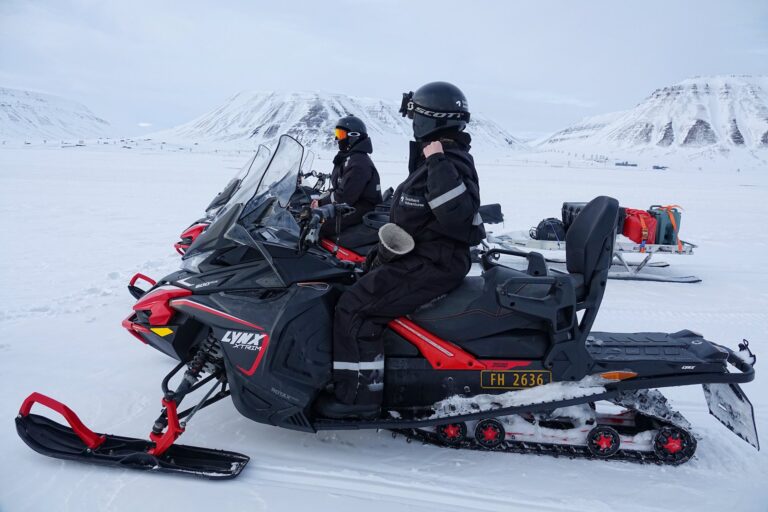
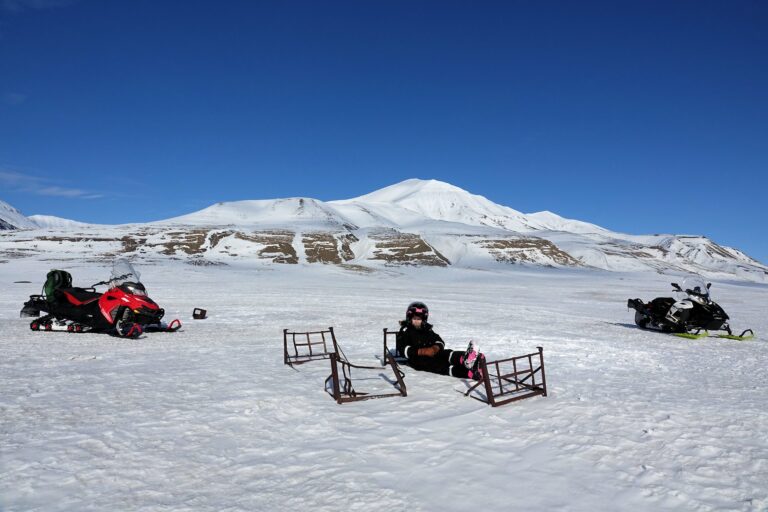
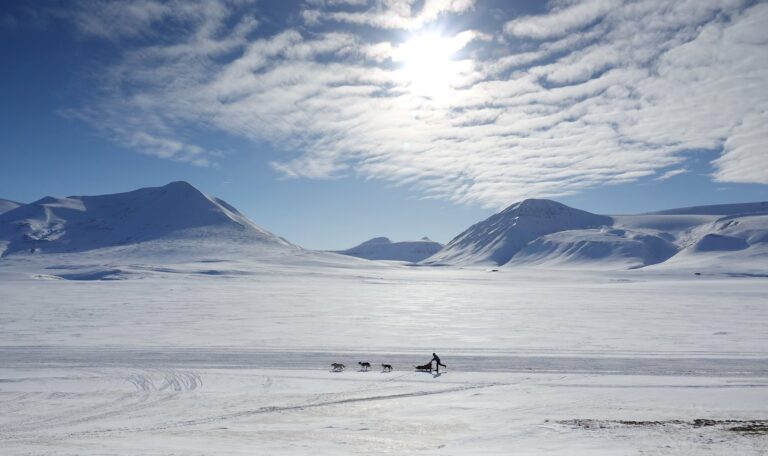

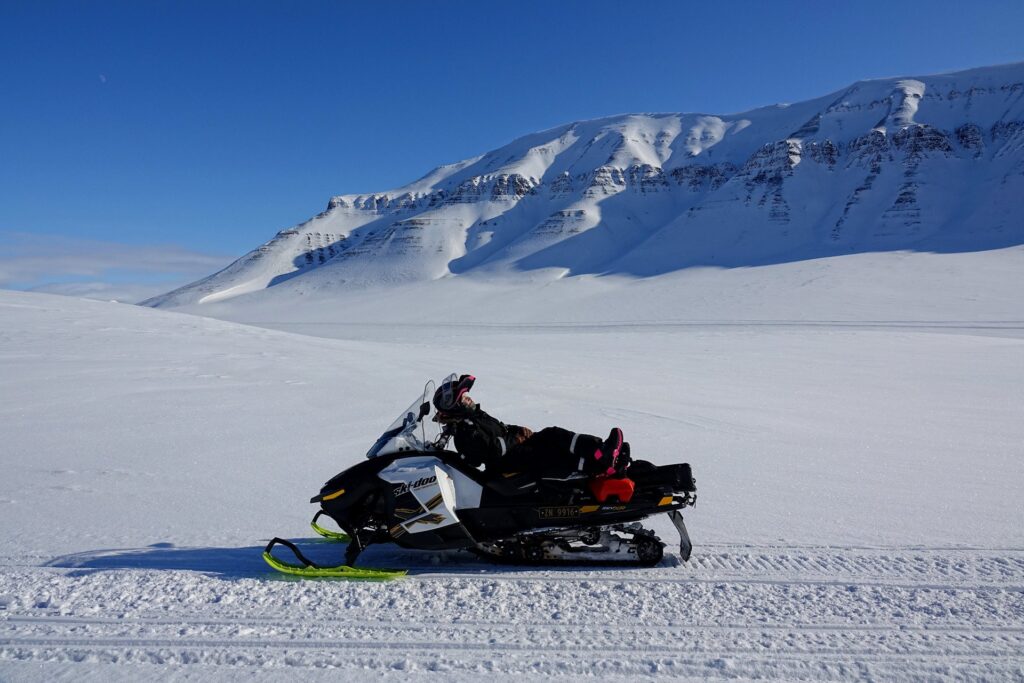

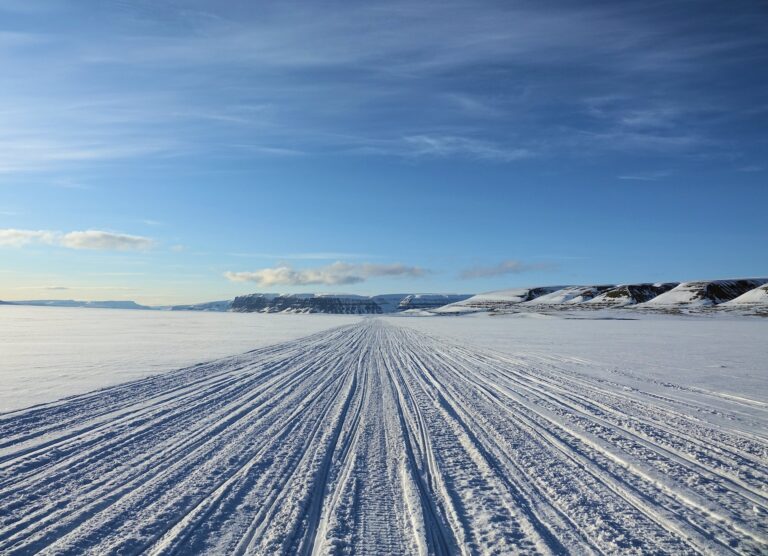





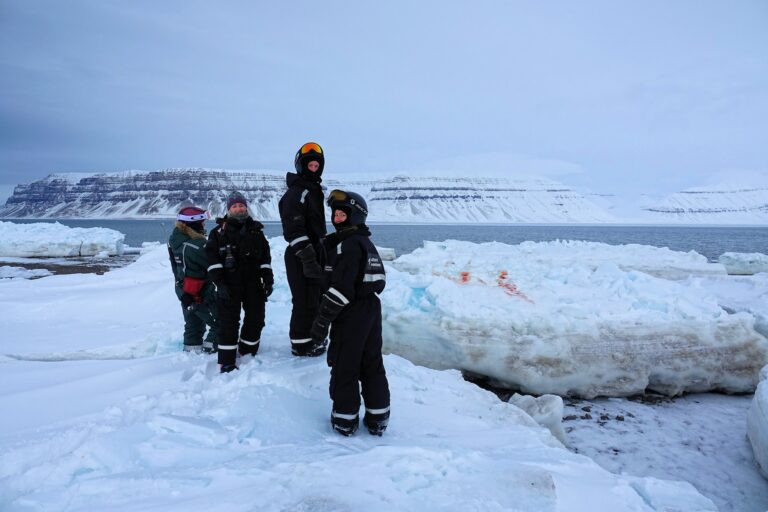

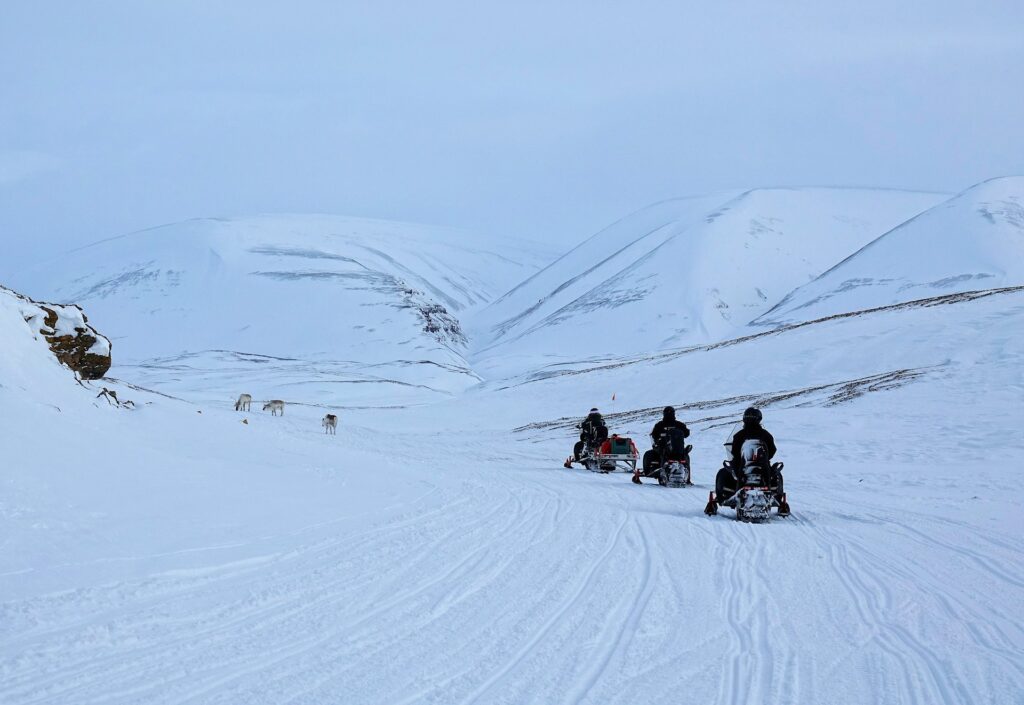
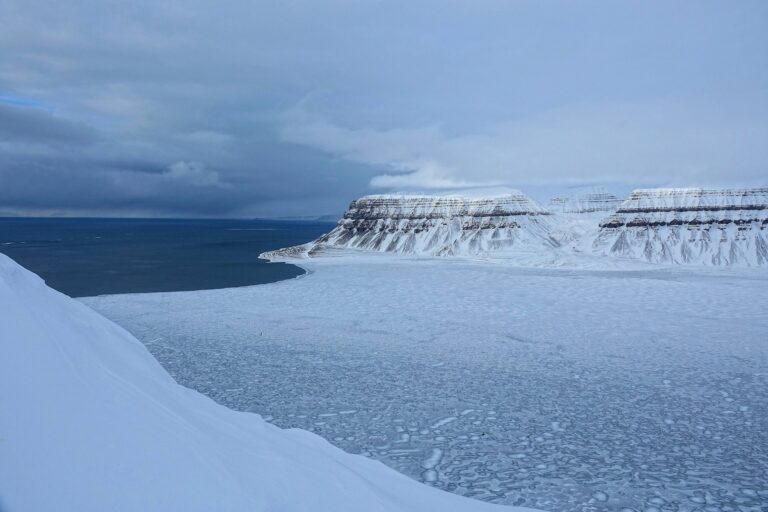
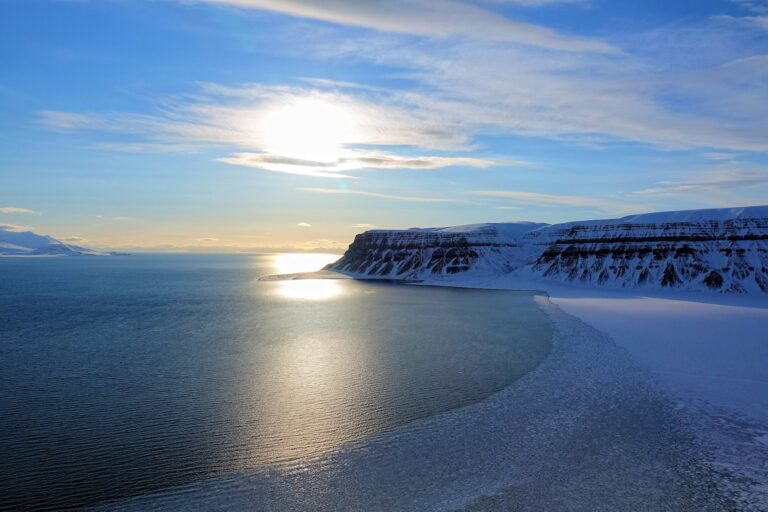

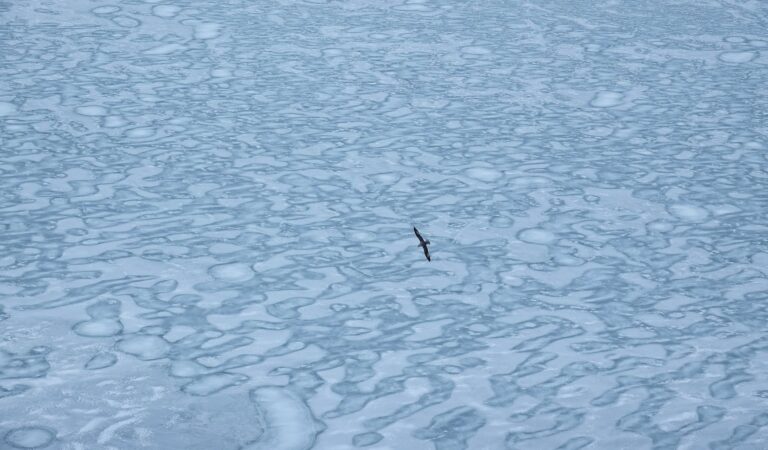
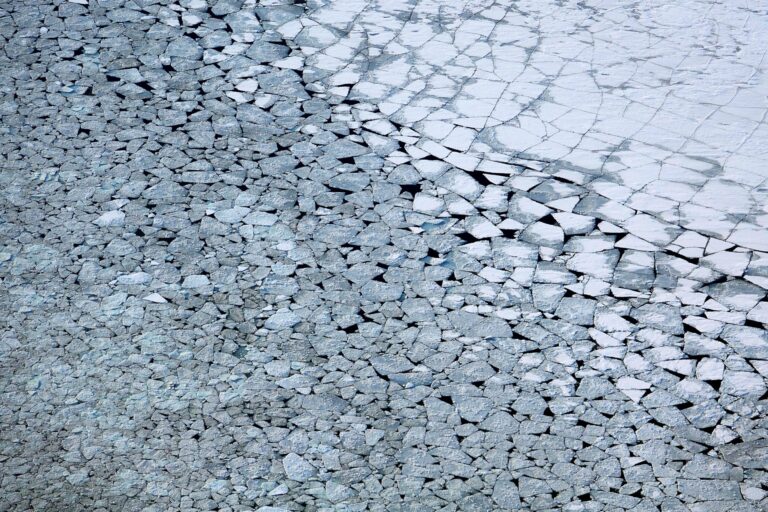
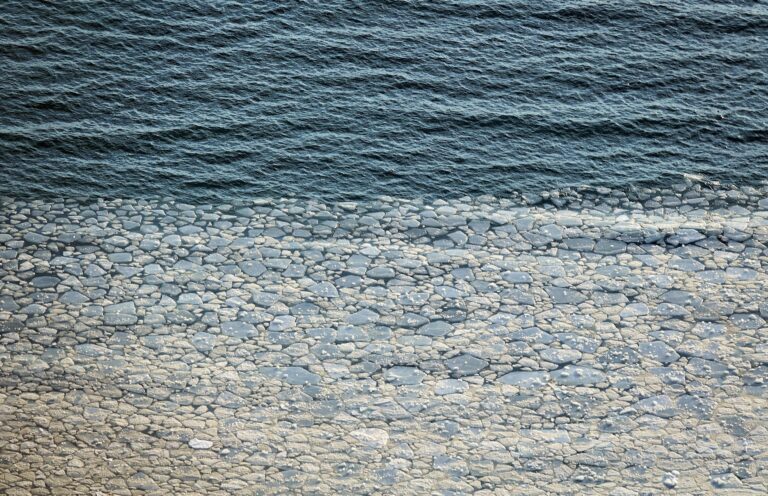


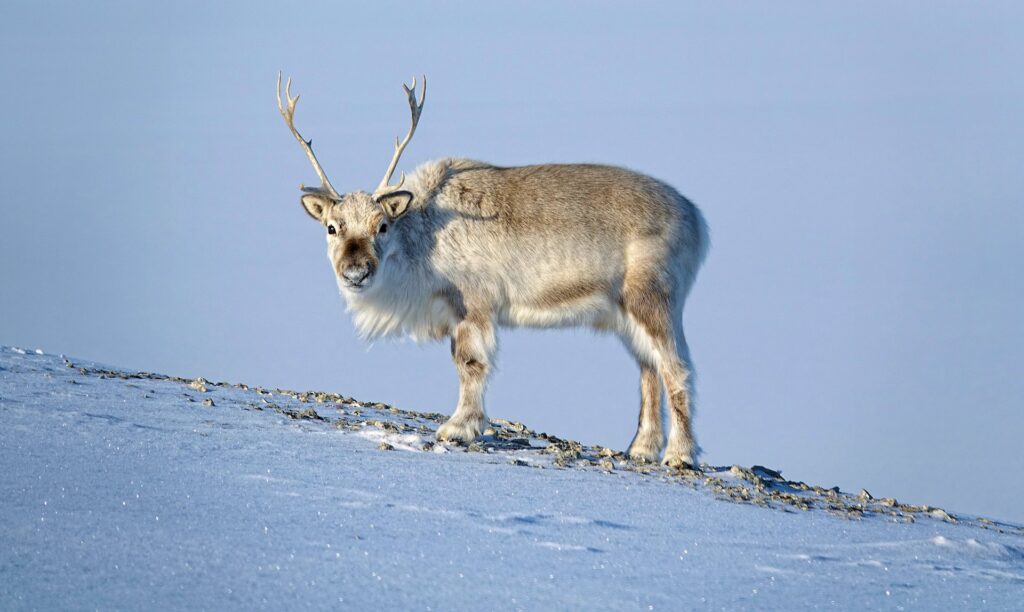

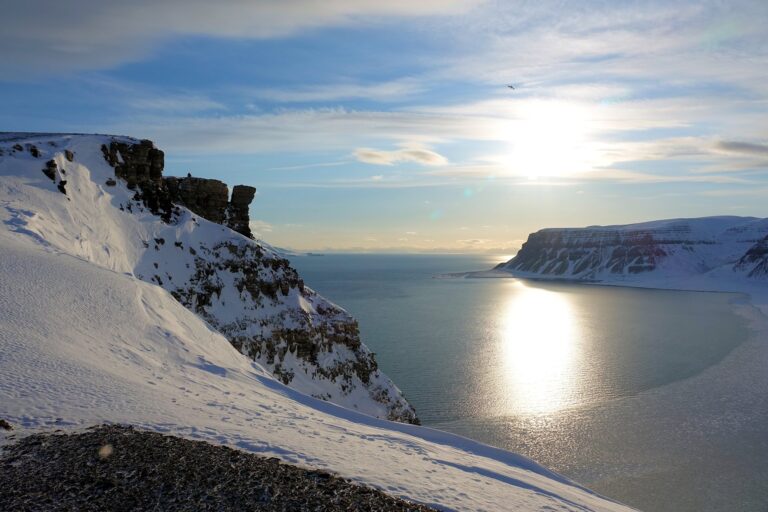

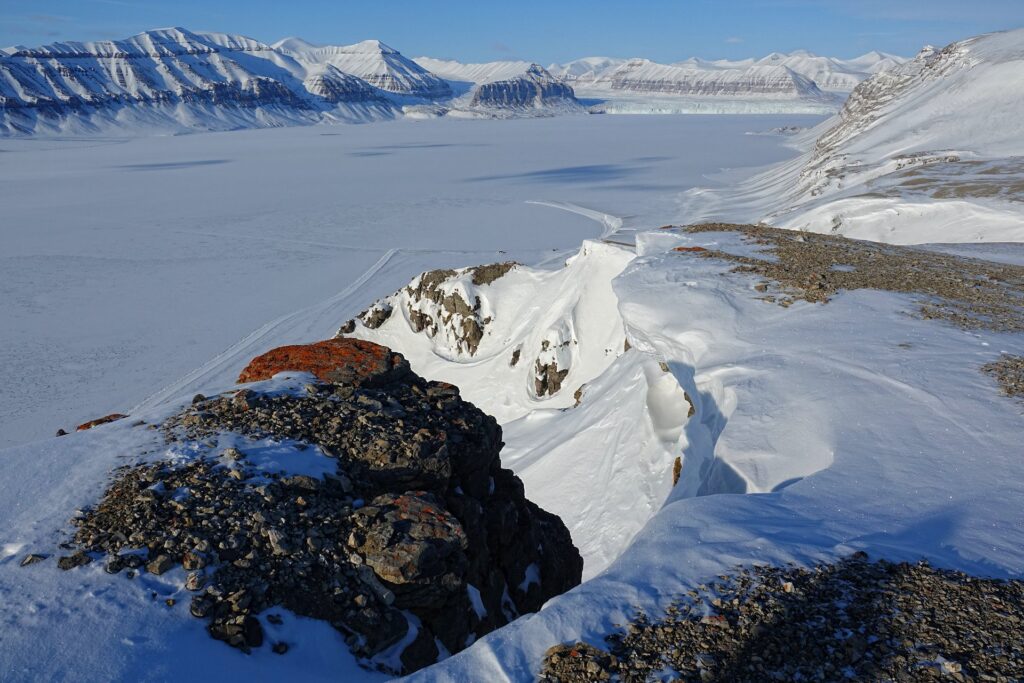
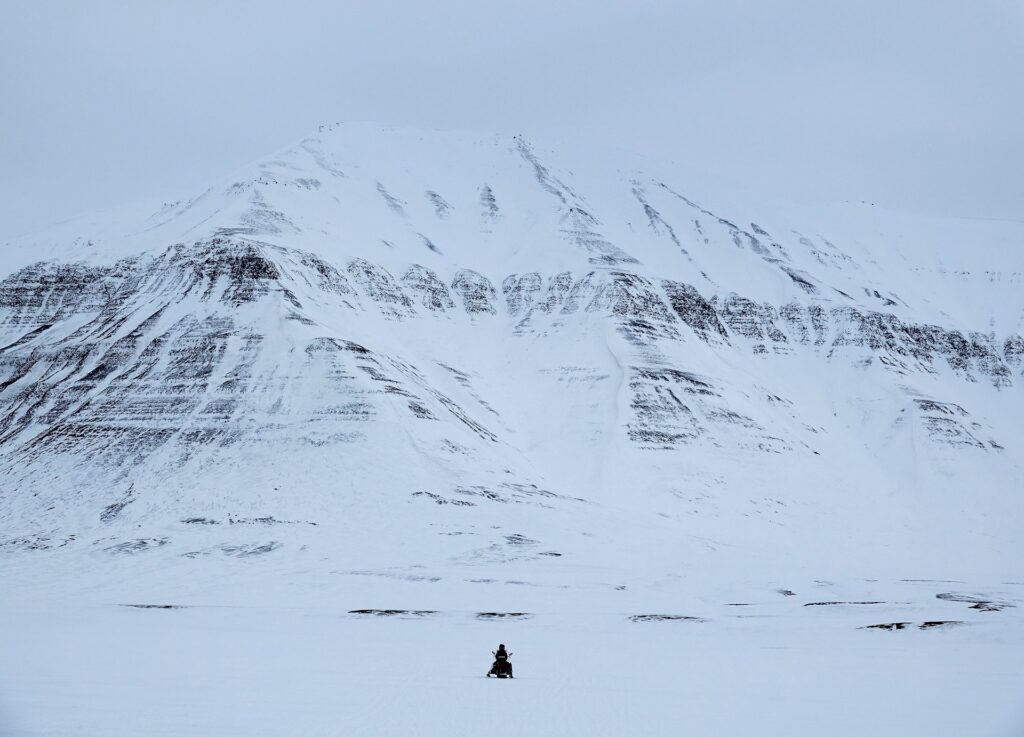



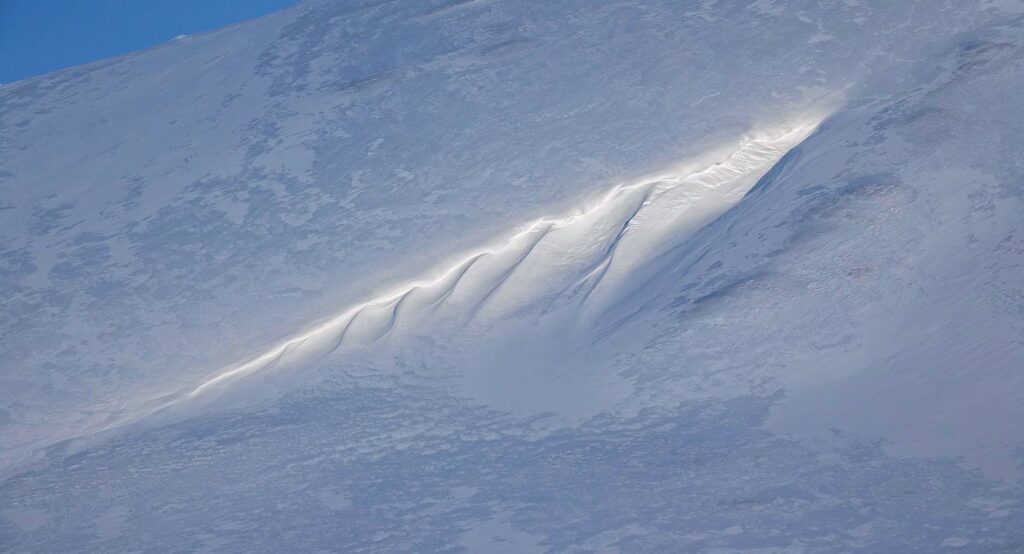


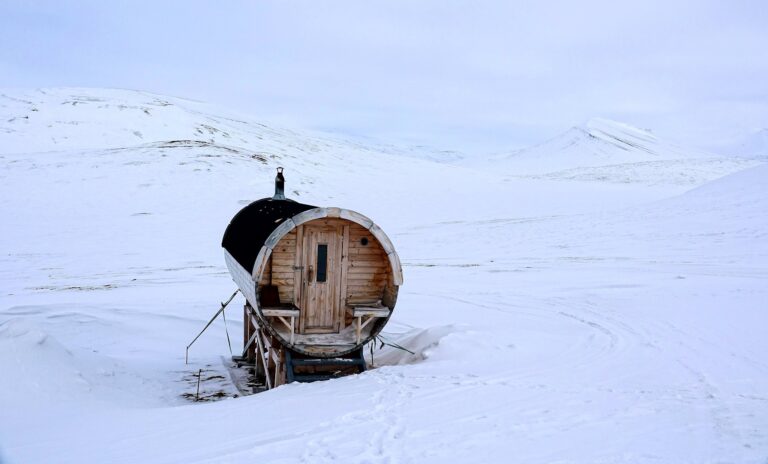
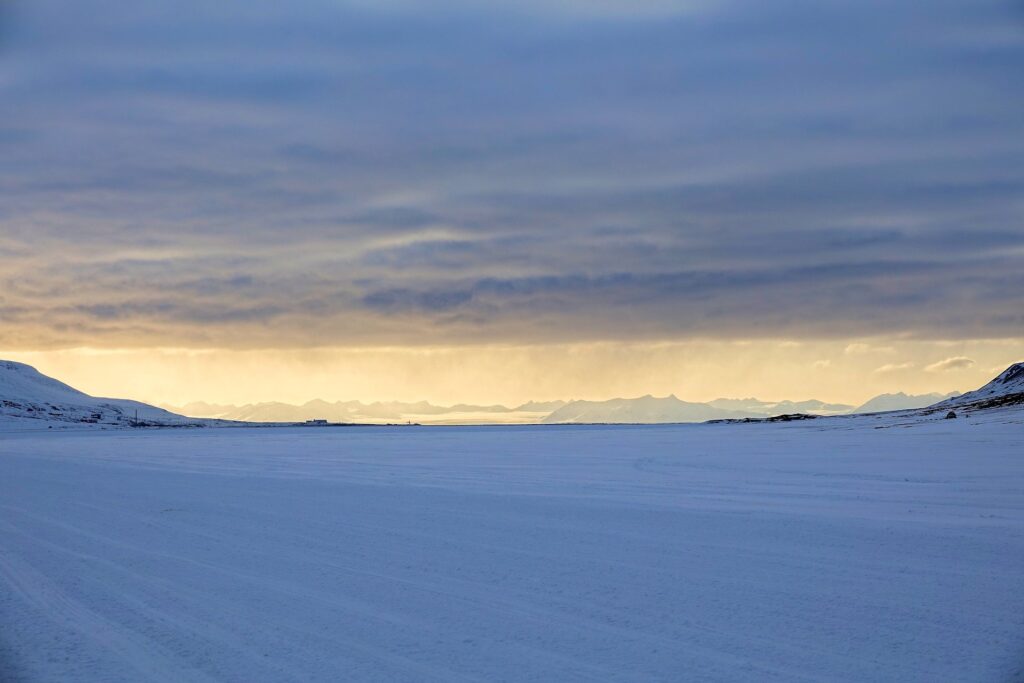
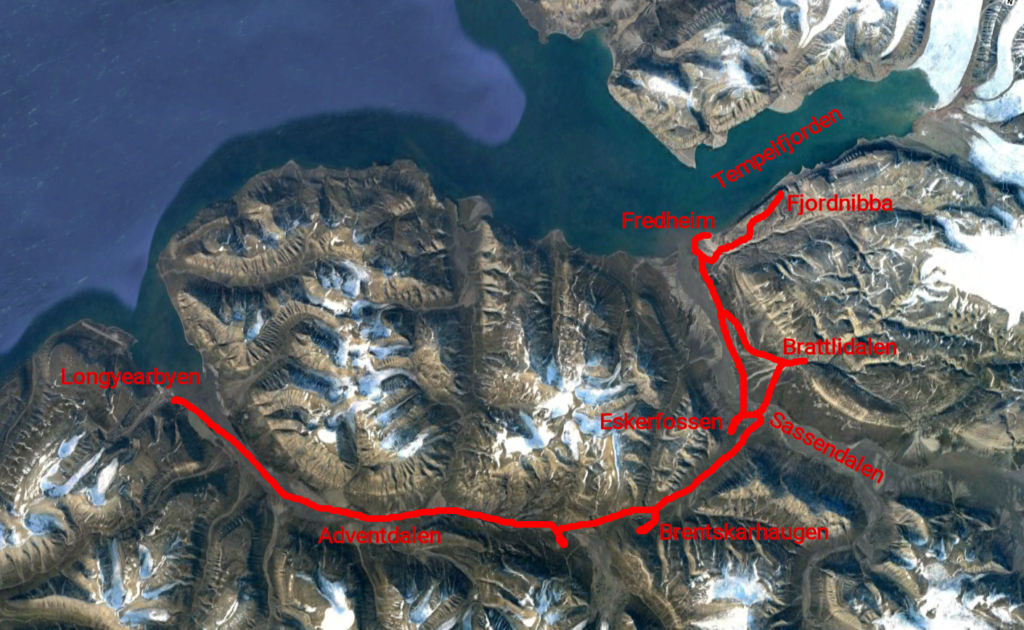
2 Comments. Leave new
Hey there! Do you use Twitter? I’d like to follow you if that would be ok.
I’m undoubtedly enjoying your blog and look forward to new updates.
Hi Iris.
What is Twitter?